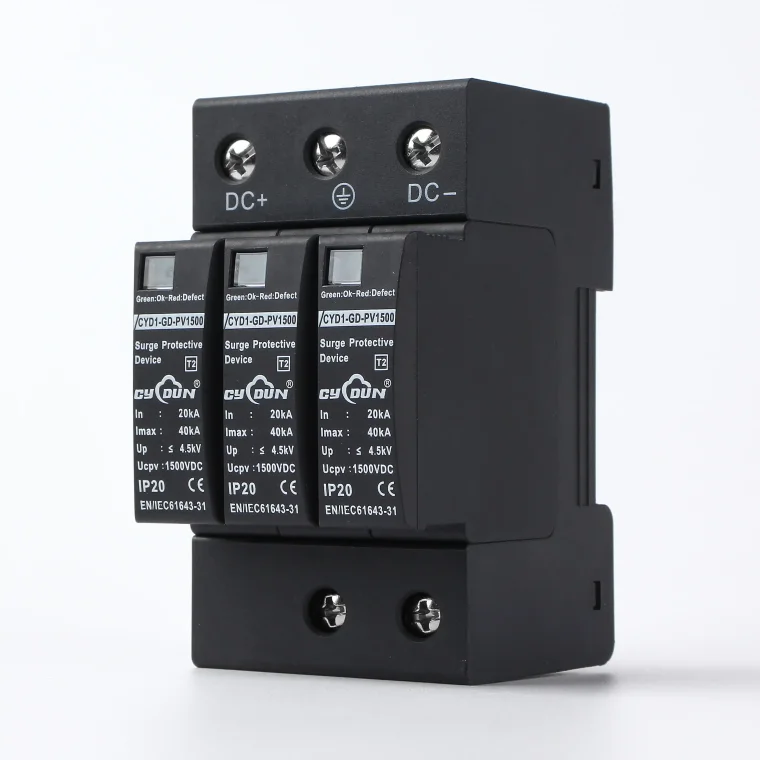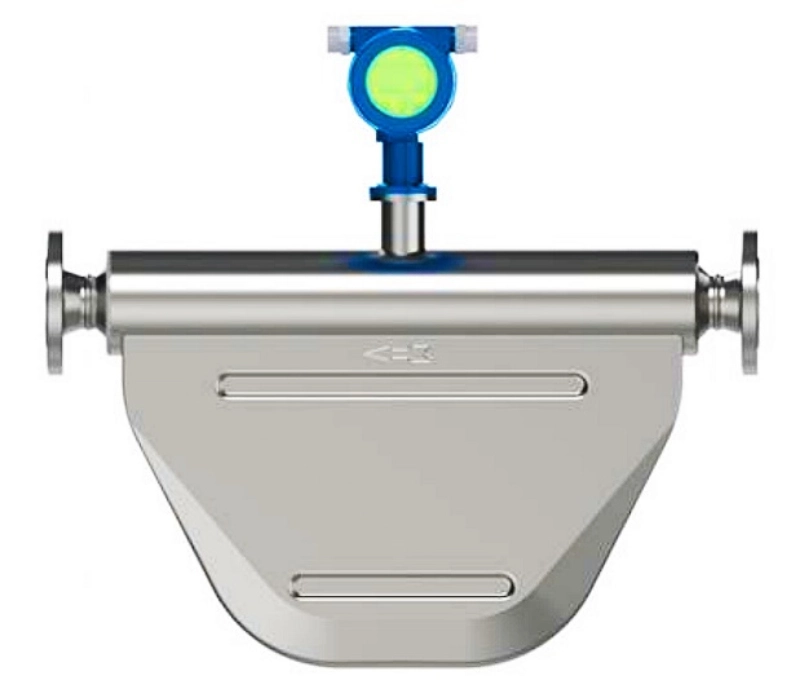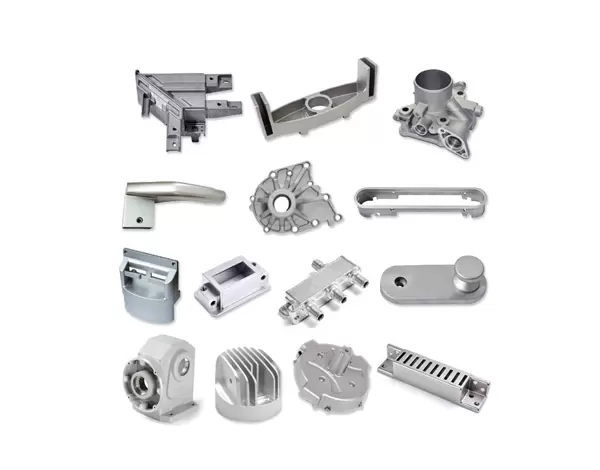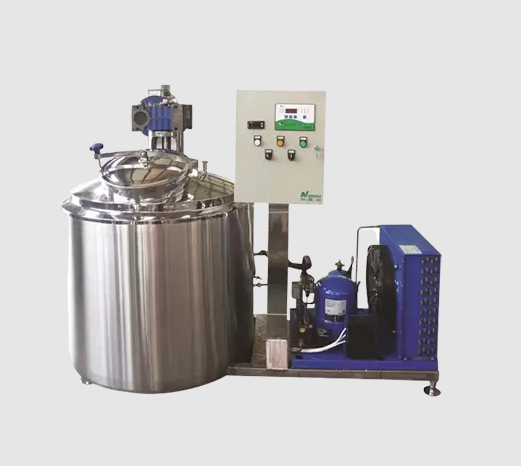In the realm of thermal management, the efficiency of heat transfer processes is paramount. Among the various technologies available, plate heat exchangers (PHEs) stand out for their compact design and exceptional performance. But what exactly does a plate heat exchanger do, and how does it contribute to energy efficiency across multiple industries? This article delves into the intricate workings of PHEs, their applications, and the advantages they offer in optimizing thermal processes.
Understanding Plate Heat Exchangers
At its core, a plate heat exchanger is a device designed to transfer heat between two or more fluids without mixing them. The fundamental principle behind a PHE is the conduction of heat through metal plates, which are arranged in a way that maximizes surface area while minimizing the volume of the exchanger itself. This design allows for efficient heat transfer, making PHEs a popular choice in various applications, from HVAC systems to food processing.
How Plate Heat Exchangers Work
The operation of a plate heat exchanger involves several key components:
- Plates: The heart of the PHE, these thin metal sheets are typically made from stainless steel or titanium, chosen for their excellent thermal conductivity and resistance to corrosion. The plates are corrugated to create turbulence in the fluids, enhancing heat transfer efficiency.
- Gaskets: These seals are placed between the plates to prevent fluid leakage and ensure that the fluids flow in the designated channels. The choice of gasket material is crucial, as it must withstand the operating temperatures and pressures of the application.
- Frame: The plates are held together by a frame that allows for easy assembly and disassembly. This feature is particularly advantageous for maintenance and cleaning, as PHEs can accumulate fouling over time.
- Inlets and Outlets: Fluids enter and exit the heat exchanger through designated ports, ensuring that the hot and cold fluids flow in opposite directions, a configuration known as counterflow, which maximizes heat transfer efficiency.
Applications of Plate Heat Exchangers
Plate heat exchangers are versatile and find applications across a wide range of industries:
- HVAC Systems: In heating, ventilation, and air conditioning systems, PHEs are used to recover waste heat, improving overall energy efficiency and reducing operational costs.
- Food and Beverage Industry: PHEs are essential in pasteurization processes, where they efficiently transfer heat to kill harmful bacteria while preserving the quality of the product.
- Chemical Processing: In chemical plants, PHEs facilitate the cooling and heating of process fluids, ensuring optimal reaction conditions and enhancing product yield.
- Power Generation: In power plants, PHEs play a critical role in condensing steam back into water, a vital step in the thermodynamic cycle of electricity generation.
Advantages of Plate Heat Exchangers
The popularity of plate heat exchangers can be attributed to several advantages:
- High Efficiency: The large surface area provided by the plates allows for superior heat transfer rates compared to traditional shell-and-tube exchangers.
- Compact Design: PHEs occupy less space, making them ideal for applications where space is limited.
- Easy Maintenance: The modular design allows for easy disassembly, cleaning, and inspection, which is crucial for maintaining efficiency and hygiene in food processing applications.
- Scalability: PHEs can be easily expanded or modified to accommodate changing process requirements, making them a flexible solution for evolving industrial needs.
- Energy Savings: By recovering waste heat and improving thermal efficiency, PHEs contribute to significant energy savings, aligning with sustainability goals in various industries.
Conclusion
In summary, plate heat exchangers are vital components in modern thermal management systems, providing efficient heat transfer across a multitude of applications. Their design, efficiency, and ease of maintenance make them an indispensable tool for industries aiming to optimize energy use and reduce operational costs. As technology continues to advance, the role of PHEs in enhancing energy efficiency and sustainability will only become more pronounced, solidifying their place in the future of industrial processes. Understanding what a plate heat exchanger does is crucial for engineers and decision-makers looking to implement effective thermal management solutions in their operations.







+ There are no comments
Add yours